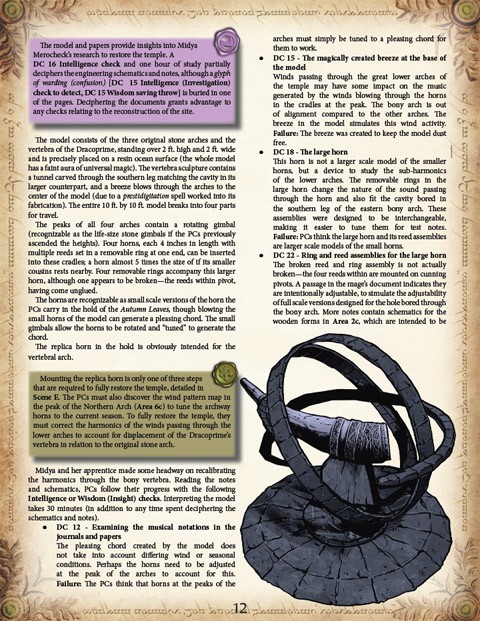

To this end, we constructed a shattering chromosomal segment substitution line (CSSL), Substitution Line 4 (SL4), by introducing chromosome 4 of wild-rice Oryza rufipogon W1943 (easy shattering) into the recurrent parent O. To better understand the process of seed abscission and exploit the network of different genes regulating the rice shattering pathway, we investigated suppressor mutants in a genetic background containing known seed shattering–related genes in which the shattering events have in some way been impaired. There is a wide range in the degree of seed shattering among worldwide rice cultivars ( Konishi et al., 2006), suggesting that the shattering habit is a polygenic and complex trait. Q is a member of the APETALA2 (AP2) family of transcription factors, which have been implicated in a wide variety of plant development roles. In addition to the three rice shattering genes, the wheat ( Triticum turgidum) Q gene was reported to affect the compaction and fragility of wheat ears and also the ease with which the grain can be separated from the chaff ( Doebley, 2006 Simons et al., 2006).

Recently, a recessive shattering locus sh-h, encoding a C-terminal domain phosphatase-like protein, was identified using mutagenesis of cultivated rice and was shown to inhibit the development of AZs in rice ( Ji et al., 2010). A single nucleotide polymorphism (SNP) in the 5′ upstream regulatory region of qSH1 causes qSH1 expression to disappear from the abscission layer, thus leading to a decline in seed shattering over the history of rice domestication ( Konishi et al., 2006). qSH1, a major rice quantitative trait locus on chromosome 1, encodes a BEL1-type homeobox-containing protein. The cultivated rice allele of sh4 severely weakens but does not eliminate shattering ( Li et al., 2006). SH4 is a member of the trihelix family of transcription factors and promotes hydrolyzing of AZ cells during the abscission process ( Li et al., 2006 Lin et al., 2007). Previous studies of rice ( Oryza sativa) have identified a few of the factors involved in seed shattering. Understanding how the process of abscission is regulated in model crops would benefit agriculture. However, a spectrum of environmental factors, such as a deficit or surplus of water, extremes of temperature, or pest and pathogen attack, can prematurely precipitate leaf, flower, or fruit fall ( Taghizadeh et al., 2009 Taylor and Whitelaw, 2001). Often these signals are associated with the senescence of the distal organ. Differentiated AZ cells are small, isodiametric, and cytoplasmically dense compared with surrounding cells and are responsive to signals promoting abscission ( Hoekstra et al., 2001 Jin, 1986 McKim et al., 2008 Szymkowiak and Irish, 1999). Seed shattering occurs in the anatomically distinct cell files known as the abscission zone (AZ). Our ancestors began domesticating crop plants by selecting grains that had reduced seed shattering characteristics ( Doebley, 2006 Fuller et al., 2009). However, the seed shattering habit causes yield loss for domesticated crop plants during harvest. Seed shattering is an adaptive trait for seed dispersal in wild plants. qSH1 functioned downstream of SHAT1 and SH4, through maintaining SHAT1 and SH4 expression in AZ, thus promoting AZ differentiation. Our results suggest a genetic model in which the persistent and concentrated expression of active SHAT1 and SH4 in the AZ during early spikelet developmental stages is required for conferring AZ identification. We also identified a frameshift mutant of SH4 that completely eliminated AZs and showed nonshattering. Genetic analyses revealed that the expression of SHAT1 in AZ was positively regulated by the trihelix transcription factor SH4. The SHAT1 gene, which encodes an APETALA2 transcription factor, is required for seed shattering through specifying abscission zone (AZ) development in rice. Here, we identified a seed shattering abortion1 ( shat1) mutant in a wild rice introgression line. However, the regulatory pathways of seed shattering in rice remain unknown.

SH4 (for grain shattering quantitative trait locus on chromosome 4) and qSH1 (for quantitative trait locus of seed shattering on chromosome 1) genes have been identified as required for reduced seed shattering during rice ( Oryza sativa) domestication. Seed shattering is an important agricultural trait in crop domestication.


 0 kommentar(er)
0 kommentar(er)
